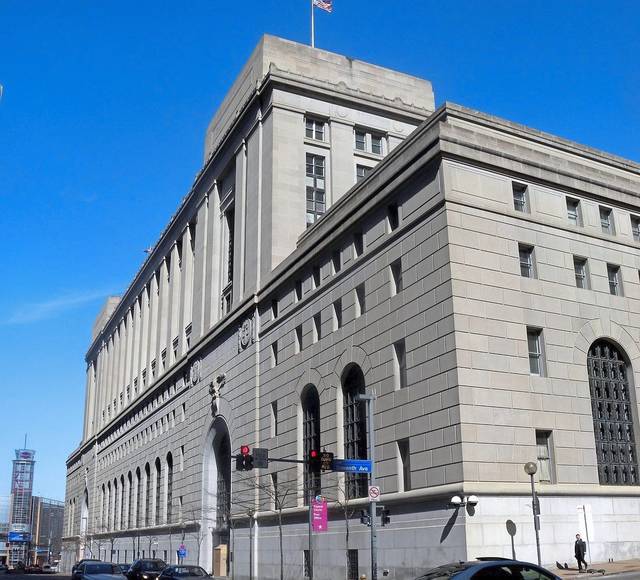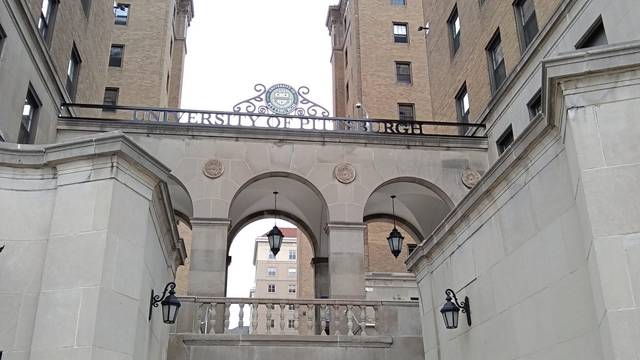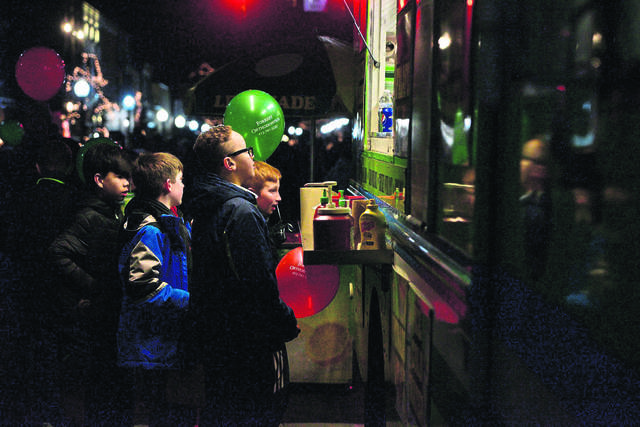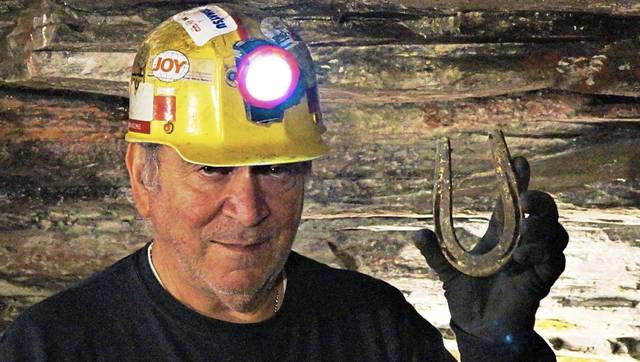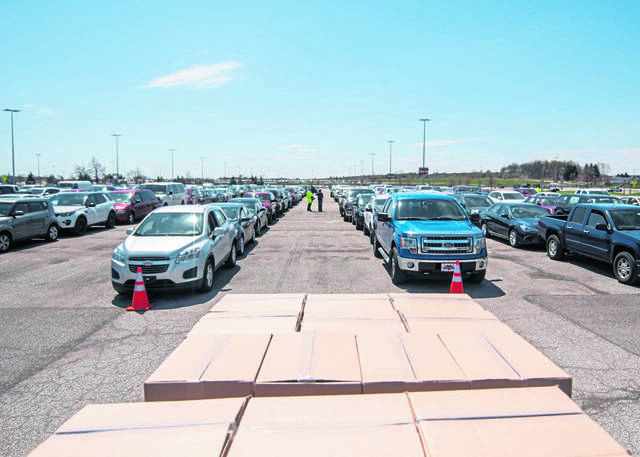Every county across Southwestern Pennsylvania, except Butler, has contracted since 2010, experiencing the population declines all-too-common in the Rust Belt, U.S. Census Bureau estimates released Thursday show.
There was some jockeying for position among the nation’s 50 largest metropolitan statistical areas. Pittsburgh, which has seen its standing on the list slowly erode since 2012, dropped a slot from the 26th most populous metropolitan area to the 27th largest, inched out by Sacramento, Calif.
The county declines ranged from less than 1% in Washington and Allegheny to more than 5% in Armstrong and Greene. The average regional decline was 3.15%. In terms of actual numbers, Westmoreland County lost the most: 14,583 people since 2010.
“The numbers are not surprising, and reflect the deep demographic changes going back to the 1970s and 80s that still impact the region today,” Timothy McNulty, a spokesman for Pittsburgh Mayor Bill Peduto, told the Tribune-Review in an email. “However, the mayor is happy to see international migration to the area growing, and he looks forward to ensuring a full count of residents in the upcoming U.S. Census.”
Southwestern Pennsylvania, like much of the Rust Belt, has struggled to recover since steel and manufacturing jobs disappeared.
The 2018 estimates were not a surprise to most because of the historically downward trend. But the community leaders and lawmakers the Trib spoke to also cautioned that an estimate is not the same thing as a count.
“I don’t know that everybody should read too much into it,” Allegheny County Executive Rich Fitzgerald said, noting the Census figures don’t reflect the housing boon he’s seen on the ground.
Fitzgerald added, “It’ll be interesting to see when we have the ‘official’ data. Those will be the numbers we’ll live by.”
It was a sentiment echoed in Westmoreland, Beaver and Butler counties.
“I still think we’re feeling the ripple effects of what took place a generation ago,” said Westmoreland County Commissioner Ted Kopas.
With a focus on reinventing the downtown and growing tourism, Kopas said the county is moving in the right direction. But reversing a downward trend from a 1980 peak, takes time. Over the past eight years, Westmoreland County has lost nearly 15,000 people. That roughly equates to losing a town the population of New Kensington, which in 2010 was 13,116.
Between 2010 and 2018, more than half of the nation’s 3,142 counties lost population; 47% saw gains.
Butler County was the only one in the region to see an uptick in its population over the past eight years. But the good news was tempered by regional concerns.
“The numbers are in line with why there is so much concern in the region,” said Leslie A. Osche, Butler County Commissioners chairwoman. “We’re certainly proud that we have the growth and it indicates we’re doing something right here. But there’s more work to do to attract young families.”
Much of the population decrease in the southwest region can be attributed to natural losses, or as Chris Briem describes it, the declines reflect an area where folks are aging in place. Briem is an economist with the Urban & Regional Analysis at the University of Pittsburgh’s Center for Social and Urban Research.
With about 70% of the economy providing goods and services to the local population, the declines still have an economic impact.
“This reflects the economic changes from 20 or 30 years ago,” Briem said. “It’s not that people are fleeing now.”



